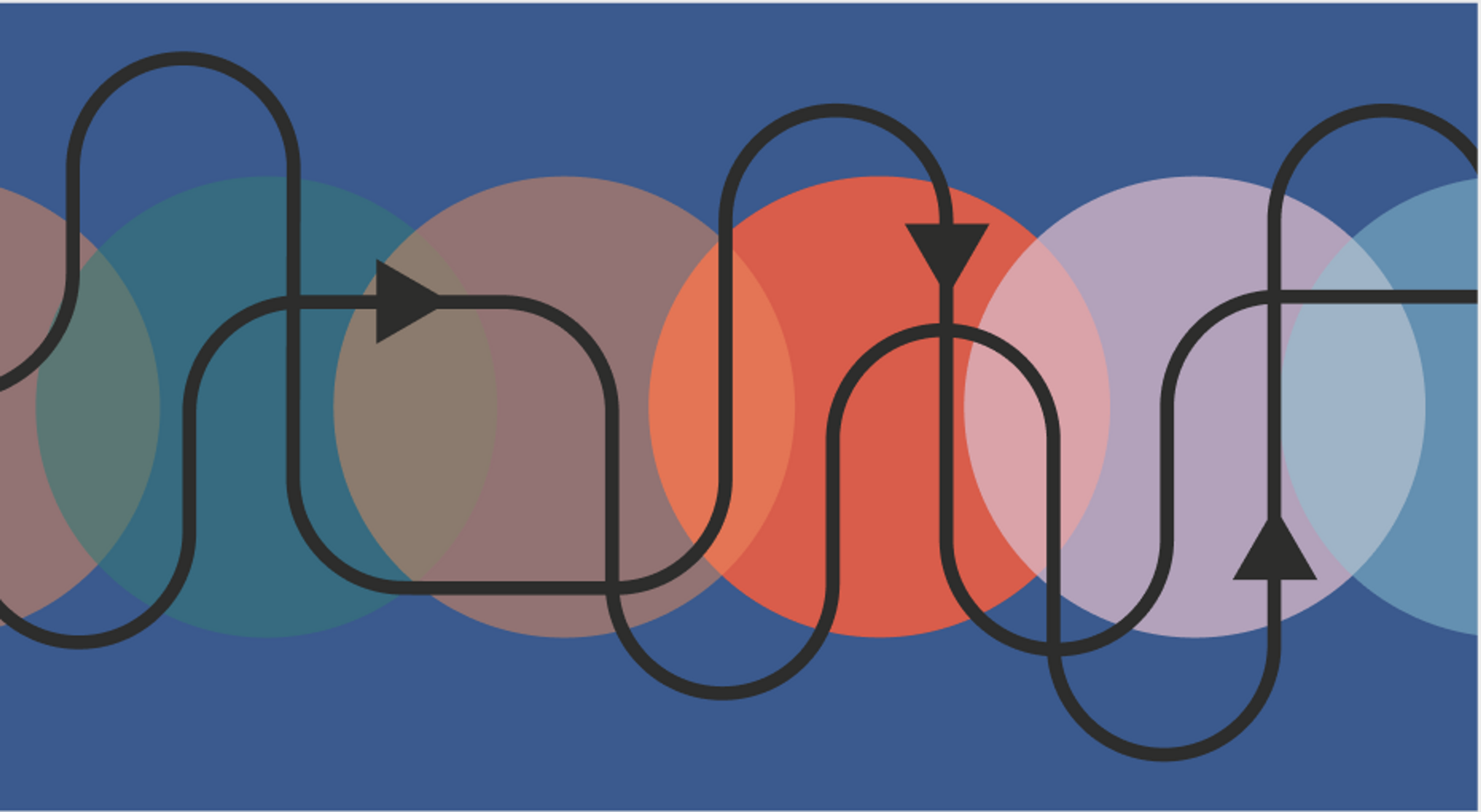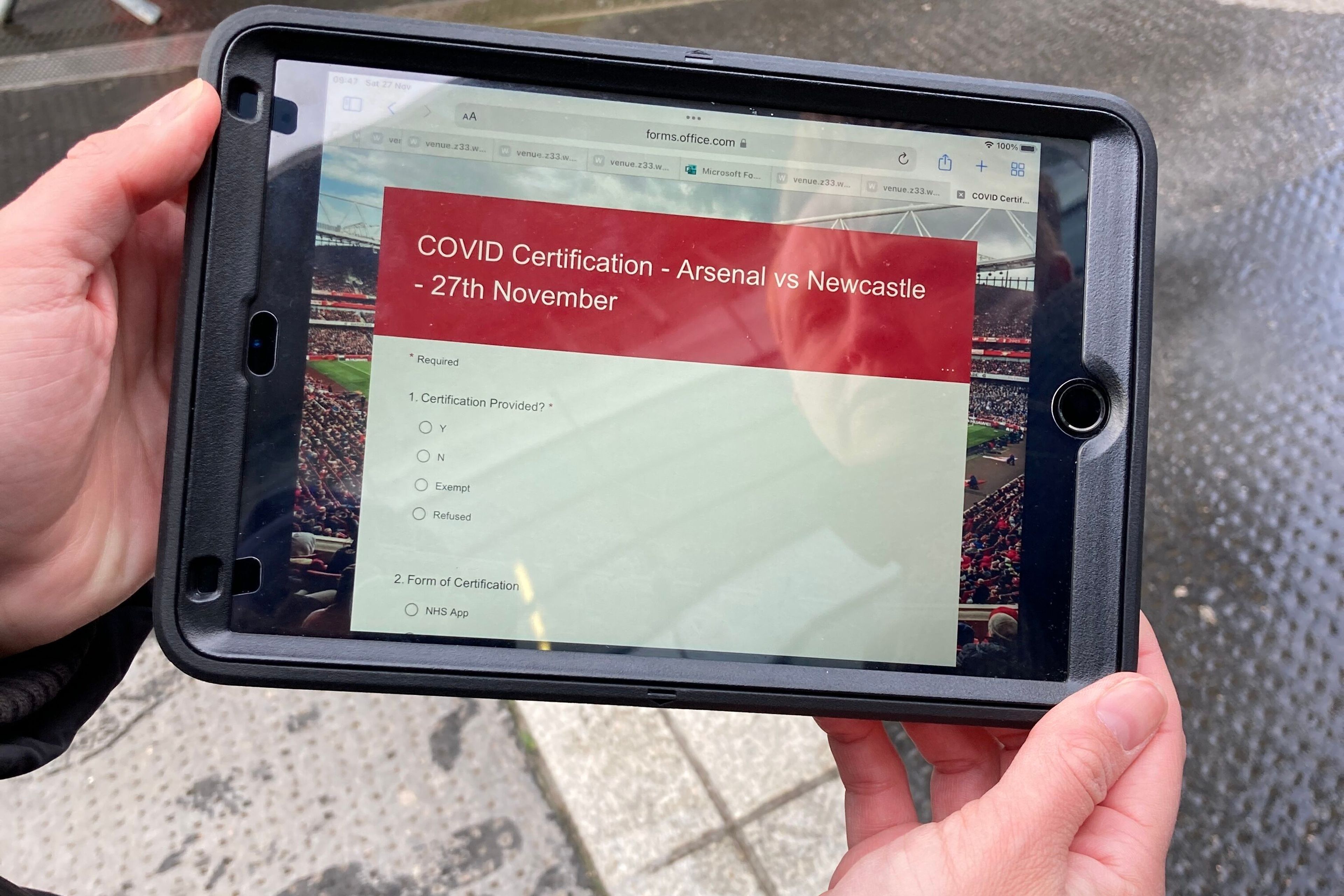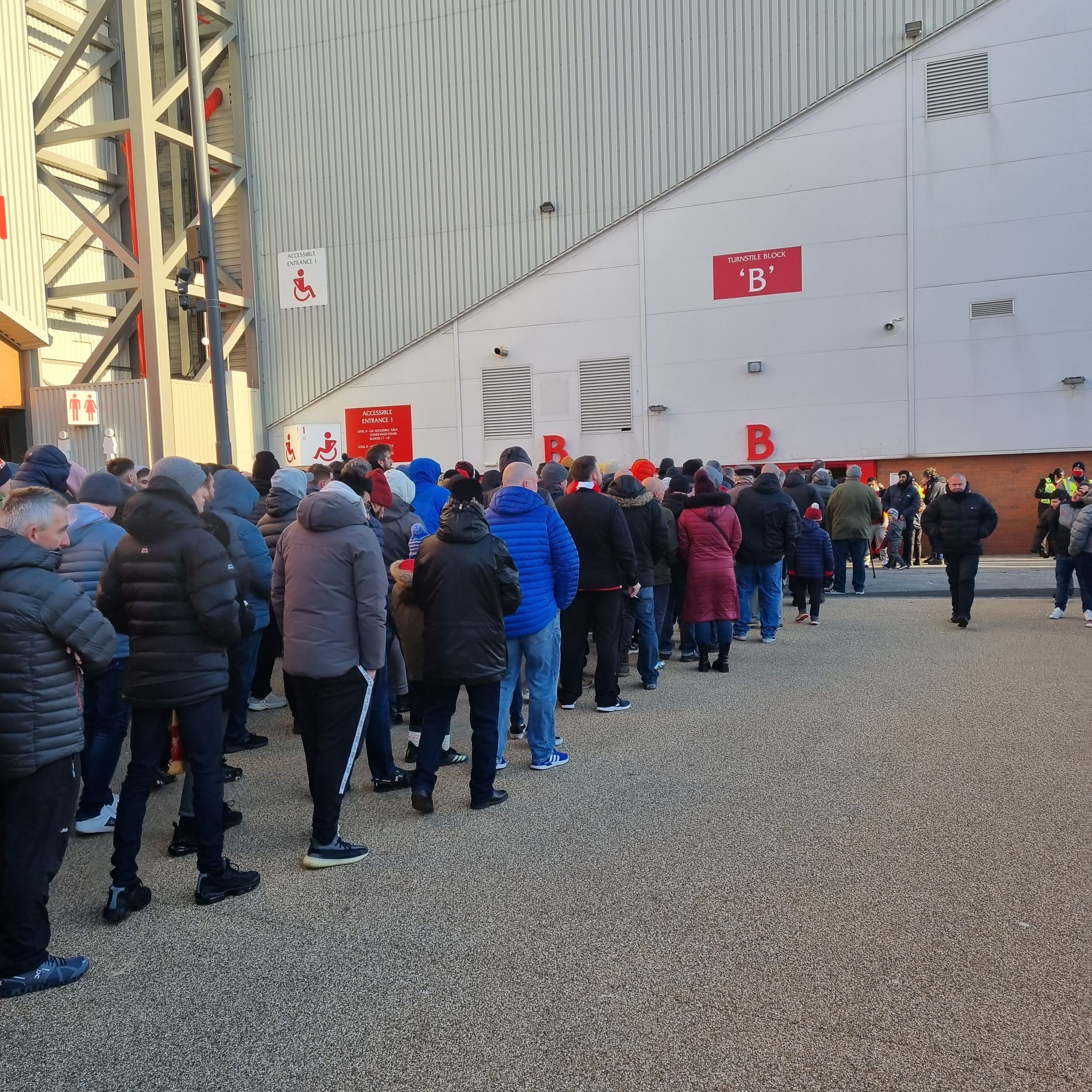
Solving a complex challenge in a rapidly changing environment: the Premier League during Covid

The problem
In 2020, at the height of the Covid-19 pandemic, Premier League matches were first cancelled, and then played behind closed doors in empty stadiums.
In May 2021, fans started returning to the grounds - firstly in limited numbers, and then with full houses of 410,000 people attending matches each week.
But as a fresh wave of Covid-19 was predicted for the winter of 2021, The Premier League needed a plan to keep fans safe while keeping football going, and asked PD to design a technology model to achieve this.
The 20 clubs used different technology systems and processes to manage fan ticketing and entry, and their operations teams had never worked together before to solve a common problem.
For fan safety, football matches require carefully controlled access to and from grounds, so introducing any new checking or ticketing process is potentially hazardous.
At the same time, national public health rules continued to change frequently in response to the evolving pandemic threat, meaning that rolling out a technology solution could rapidly end up redundant.

What we did
Applying our internet-era ways of working to a complex, unstable, and rapidly changing problem, we brought together the Operations Directors and Health and Safety leads of the 20 Premier League clubs to work together to solve the challenge.
Working as a single multidisciplinary team alongside our own digital specialists, we ran user research at the football matches to understand fan behaviour and test different checking mechanisms at micro scale at individual grounds, and with local Directors of Public Health.
This allowed national Premier League strategy and government policy to be tested at micro level at individual grounds, with learnings shared across clubs to iterate a set of control mechanisms and processes that could work nationally.
When the UK Government introduced 'Plan B' rules in December 2021, the Premier League was ready. We had co-designed and tested an approach to pre-registration and spot checking of fans’s Covid passports, applied consistently across all clubs’ operations teams.
Implementing this solution at scale let Premier League football continue throughout the second Covid winter, keeping fans safe while generating billions of pounds for the UK economy.
The new approach didn’t require any new proprietary technology - but it did require PD to apply internet-era ways of working to test and learn what worked on the ground, working in the open across 20 rival clubs with no experience of collaborating in this way before.
Reaching for a technology solution to this problem was tempting but a distraction from the actual challenge.
What the Premier League actually needed was the ability to change its rules in response to the rapidly changing public health crisis in a way that was informed by user behaviour and operational realities.
While public health policy and Premier League rules could be set nationally, they only became real when you were looking at how fans could safely come in and out of the stadiums in Old Trafford, Goodison Park or Turf Moor.
We created a collaborative, trusted environment with rhythms that were easy to engage with and participate in that allowed clubs to share what was working, raise common problems to the Premier League and generate confidence with local Public Health Directors. Critically, we embedded an appreciation of the importance of understanding fan behaviour through user research.
So, without any new technology being needed, we deployed all the digital practice into play to solve this service design challenge: learning from users, working in the open, a test-and-learn approach and designing for future adaptation and iteration.
